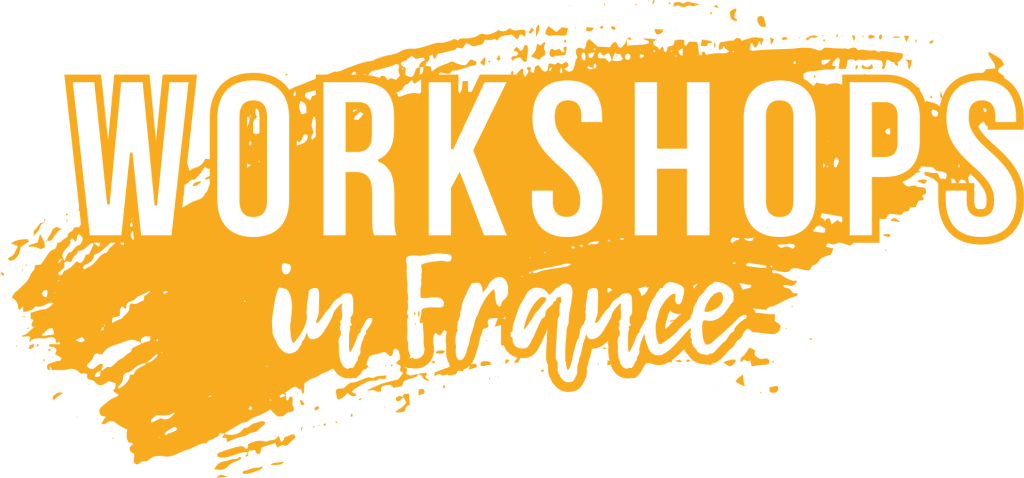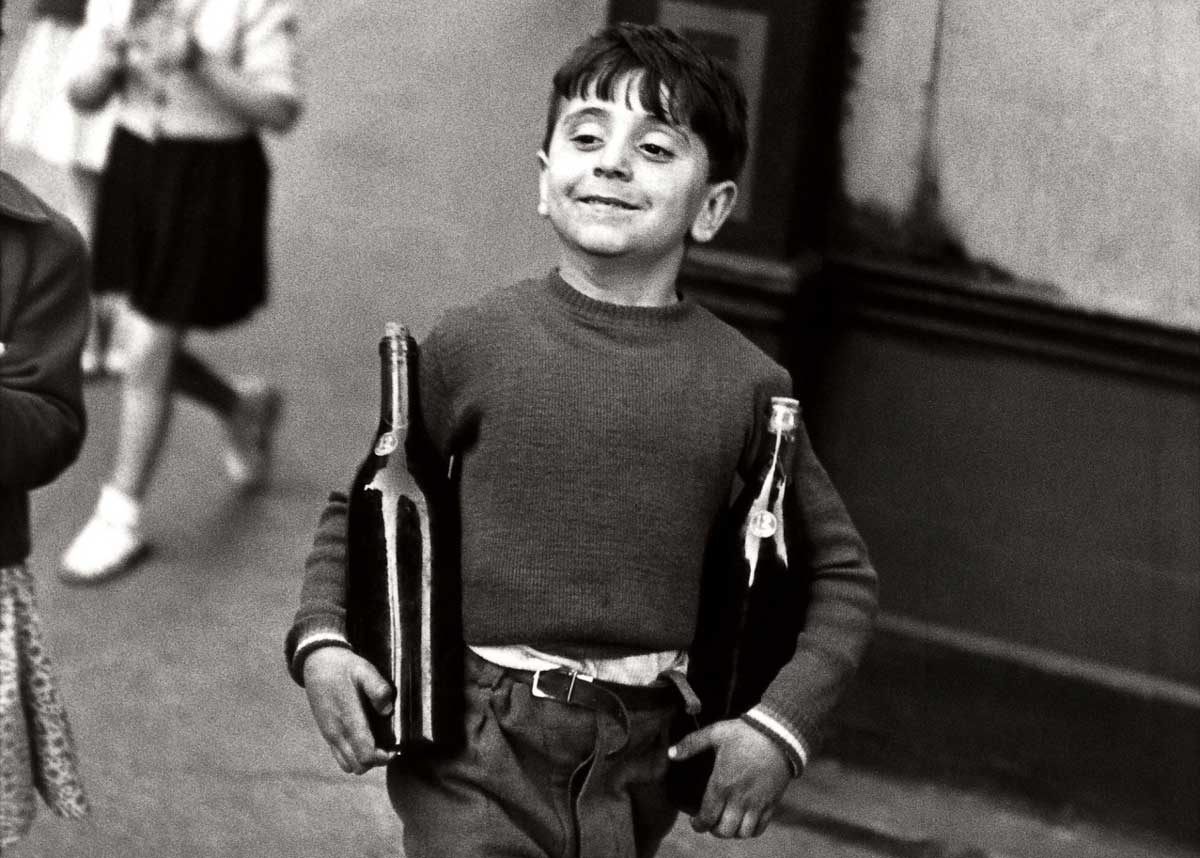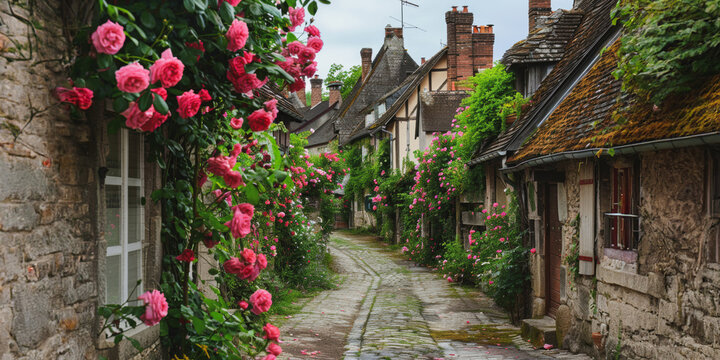You Already Know More French Than You Think.
Just for fun, we started looking at the French words that have been in common usage in the English language for a long time. Remarkably, many of these words seem to pop up in the realms of culture and cuisine. No surprise there, as France is known for exactly that – their wonderful culture and delicious cuisine.
Let’s start right here with food!
Cuisine
“Cuisine” – This is exactly the same word in both languages. Let’s look at some more…
You already know so many of them! With this in mind, rest assured you won’t starve!
“Restaurant, chef, café, vinaigrette, gâteau, sauce, pique-nique, salade, soupe, aperitif, menu, croissant, hamburger, chocolat.”
Ha! And, there’s “silhouette”, which might change depending on your consumption of the aforementioned.
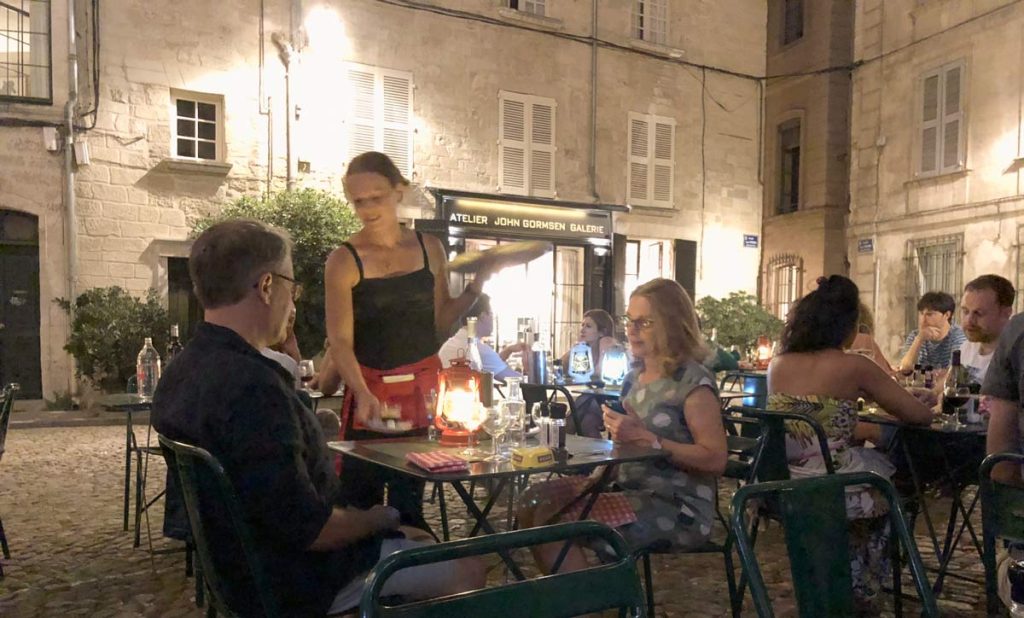
The Arts and La Renaissance
We also find a host of French words in the world of art. Florence, Italy was the epicenter of the greatest rebirth of creativity which the Italians call the ‘Rinascimento,’ but in English and in French we refer to it as the Renaissance.
Art in French is ‘Art’, pronounced Arr, even in the plural.
Let’s look at a few more art terms.
Art nouveau, art deco (art décoratif), artist (artiste), impressionism (impressionisme), avant-garde, realism (réalism), surrealism (surréalisme), cubism (cubisme), trompe l’oeil, paper maché (papier-mâché) and film noir.
Although French is also the language of ballet, it was actually brought to France from Italy by Catherine de Medici. Ballet dancing as we know it was adopted by the French royal courts where it flourished.
“Cuisine” – This is exactly the same word in both languages. Let’s look at some more…
You already know so many of them! With this in mind, rest assured you won’t starve!
“Restaurant, chef, café, vinaigrette, gâteau, sauce, pique-nique, salade, soupe, aperitif, menu, croissant, hamburger, chocolat.”
Ha! And, there’s “silhouette”, which might change depending on your consumption of the aforementioned.
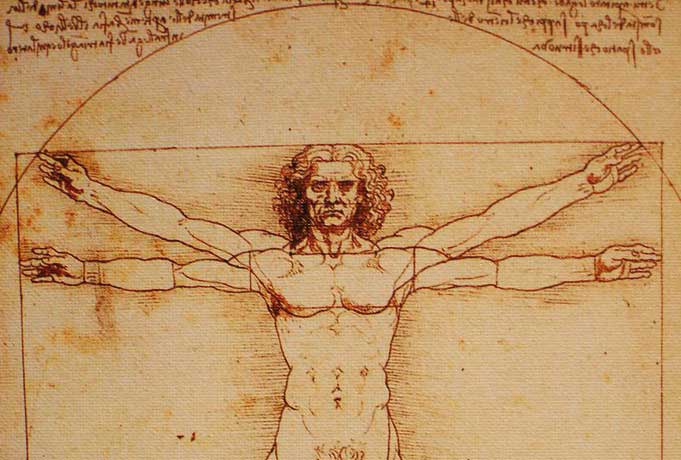
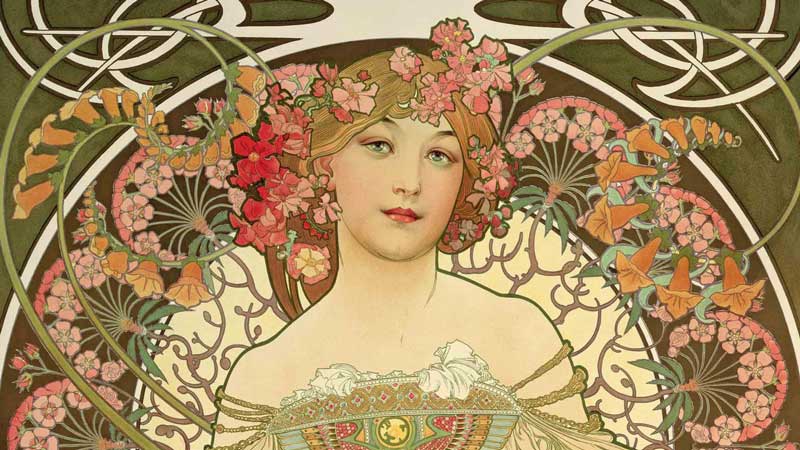
Royalty and French
French was the official language of the courts, that is, the Royal courts.
Around 700 years ago it was the most widely spoken language throughout all of Europe. At that time, the rulers in Europe used French to communicate with each other. It was spoken by their liaisons and international treaties were hashed out in French. No doubt a few French swearwords were tossed around at those who disagreed.
French was the language of the gentry. It was generally seen as the language of sophistication, power and wealth. It became a popular second language.
By the end of the middle ages, the lingua franca of Europe was indeed French. Of course, the term ‘lingua franca’, is Latin and not French, but it means the language used between people who do not share a common language. A contemporary example of a lingua franca would be Emoji.
❤️ 🇫🇷 🍷
Pronunciation
So, you do know these words, but do they sound French when you say them?
Probably not.
It’s the pronunciation that makes them French. So here’s the mini-lesson of French pronunciation. It’s very general, but it should help.
- Firstly, the French pronounce every syllable without the English way of stressing one syllable over the others. Take “pronunciation”. We say “PRO-NUN-SEE-AISHUN”, with the stress on NUN, the French would say each syllable – “PRO-NUN-SEE-A-CEE-ON”.
- If that doesn’t slow you down a bit, the French also tend to drop or swallow the very last consonant if it ends the word.
- Yes, drop the last consonant, unless the next word starts with a vowel, in which case you need to add it back in. Complicated? Oui!
Even More French
To round out this blog on the French words you already know, look at these:
R.S.V. P. (Répondez S’il Vous Plaît); bourgeois; brunette; blonde; déjà vu; fiancée; chic. All French and all English too. There must be so many more but hopefully these will give you a little confidence about being able to speak this beautiful language. In order to gain more understanding of French and the culture of France, may we suggest that you drink good coffee, share excellent wine and come join us on an artistic and inspirational journey with WorkshopsInFrance.
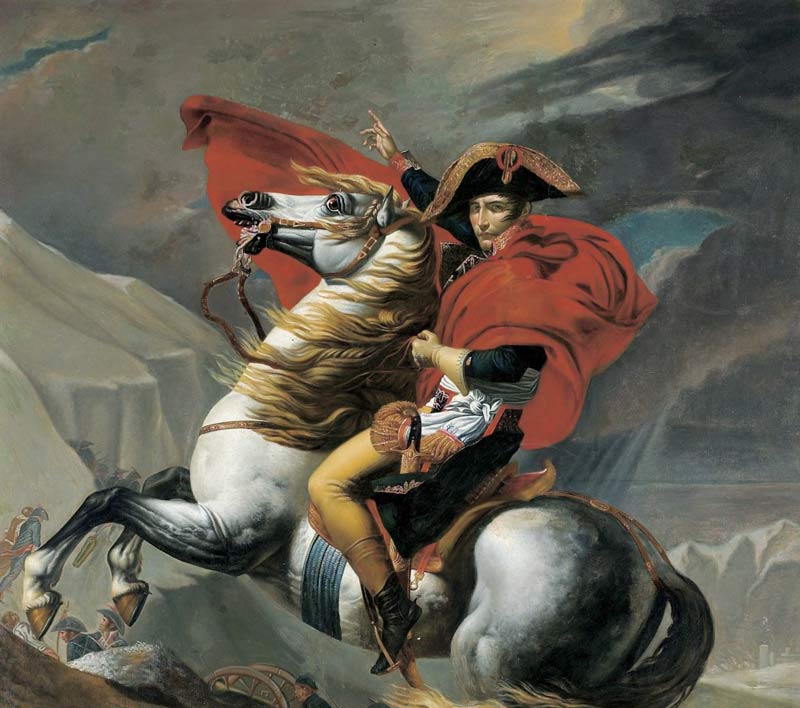


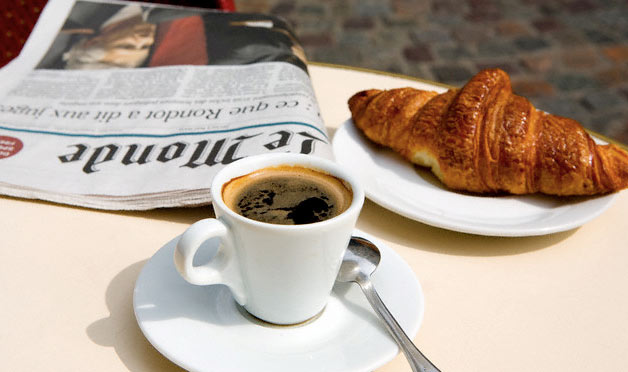
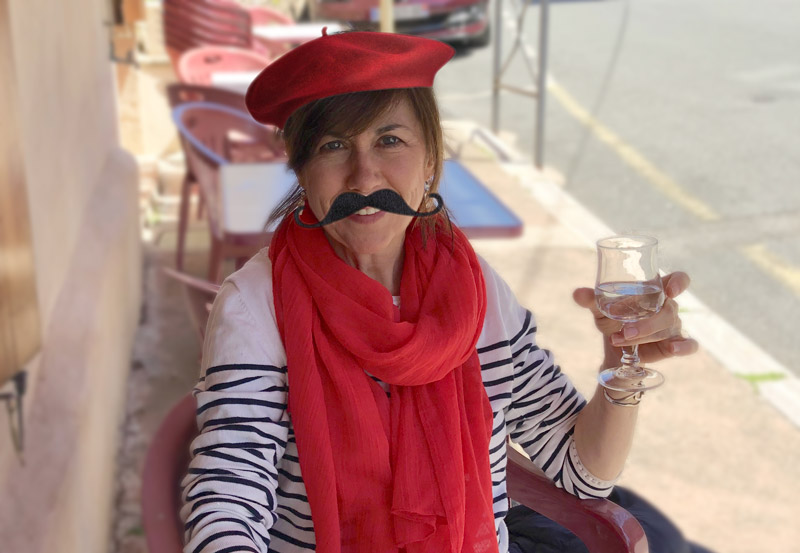
Blogger: Julie Snyder
Julie Snyder is a professional artist and also the programs director of Workshops In France. A native of Scotland, she is a seasoned traveler who splits her time between California and France. You can learn more about her role with Workshops in France here and about her painting on her website.
